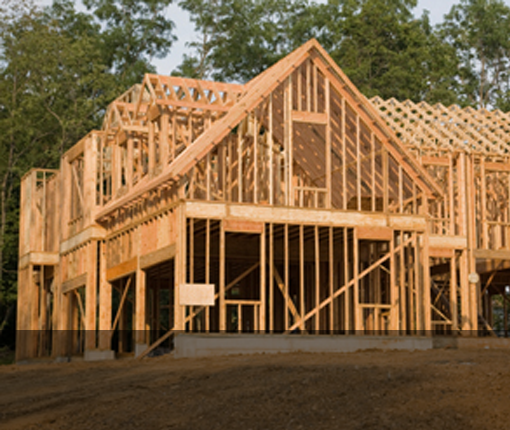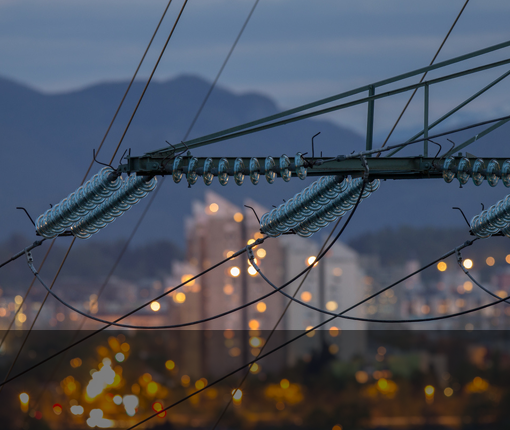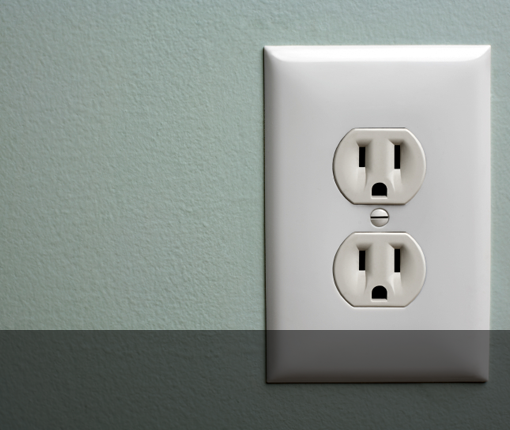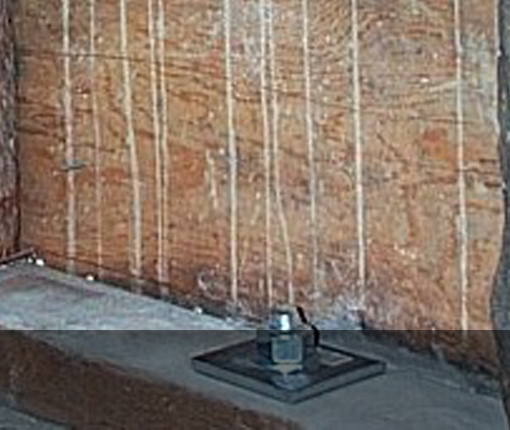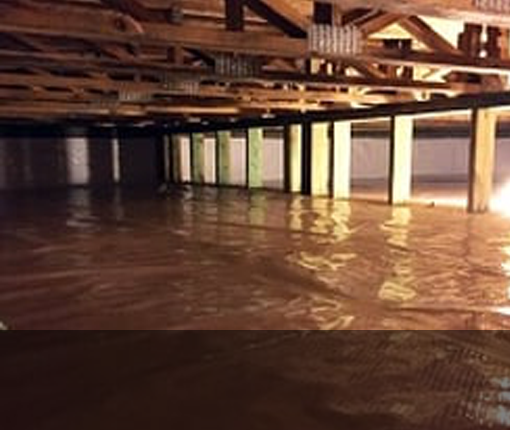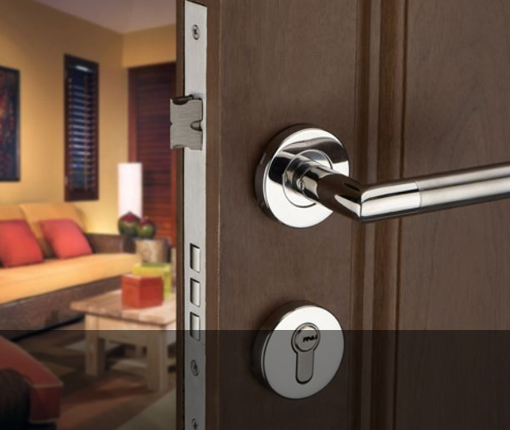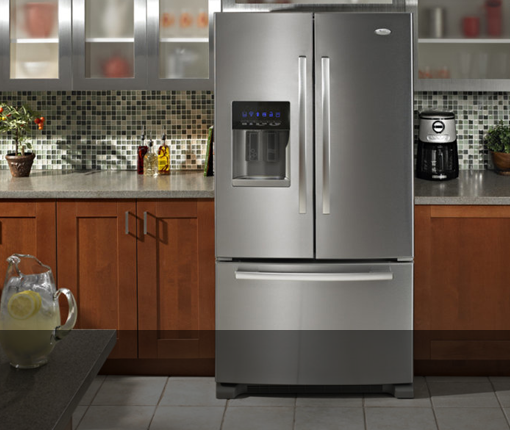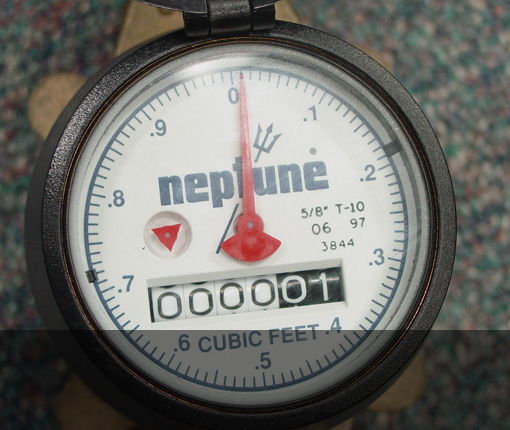Exhaust/Ceiling Fans
Our homes are often closed up during very cold or very hot weather so the air inside can get stagnant and stale. Fans can help get that stale air moving again. There are two types of fans for moving air. Large ceiling fans and exhaust fans.
Ceiling exhaust fans are used primarily in bathrooms, laundry areas and kitchens to remove steam and odors and exhaust them to the outdoors.

Ceiling mounted exhaust fans come in many styles. Timers, motion or humidity sensors or just plain on/off switches can control them. Some are combination units that include lights or even heat lamps. I like the Panasonic fans because they are ultra quiet. Quiet is is nice in a small space like a bathroom. Quality units will have dampers on the exhaust ducts to prevent outside air from blowing back into the house.
Ceiling and whole house fans are used to move or circulate air within a given space. On the interior of the home, fans can be useful to move air out of the places where it would normally accumulate. For instance, hot air rises, and cold air will sink. So a fan can move hot air that has accumulated on the ceiling in the winter, downward to help warm the lower areas. Vice versa, in the summer, air-conditioned air will accumulate on the floor. And a ceiling fan can be run in reverse to help pull the cold air upwards to where it will be more useful to the human occupants.
A great thing about large ceiling fans, is they are very inexpensive and efficient to operate.

Caution: Do not run whole house fans at the same time gas furnaces are in operation.
Maintenance
- 1x per year: Remove and cleaning the housing, cover, and filters on a regular basis.
- 4x per year: Clean and lubricate exhaust fan blades if accessible.
- 1x per year: Change out burned light bulb when needed with the appropriate wattage bulb only. Bulbs of higher than specified will melt the housing cover.
- 1x per year: Clean the large blades of the ceiling fan to keep them free of dust/debris build up.







